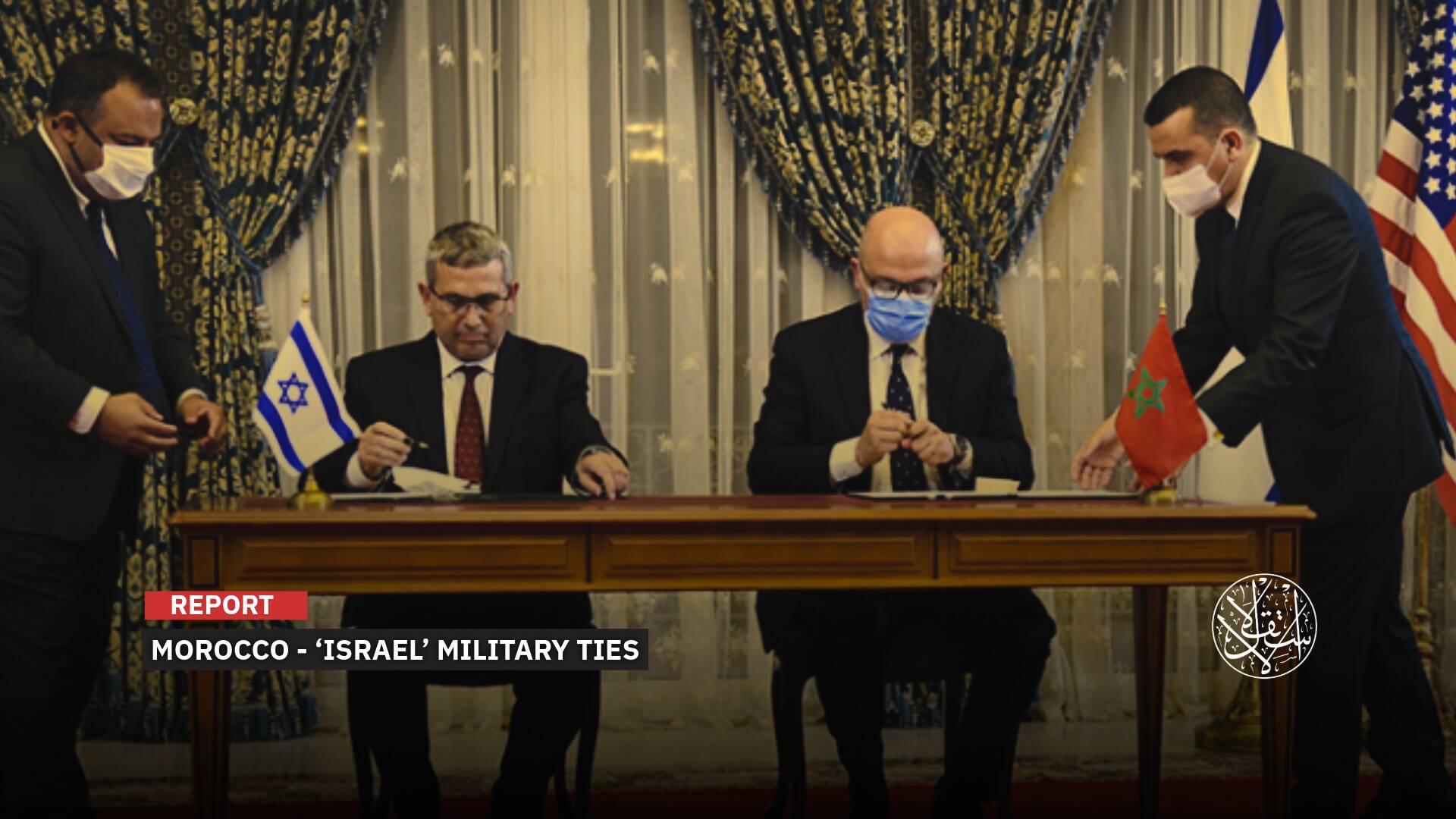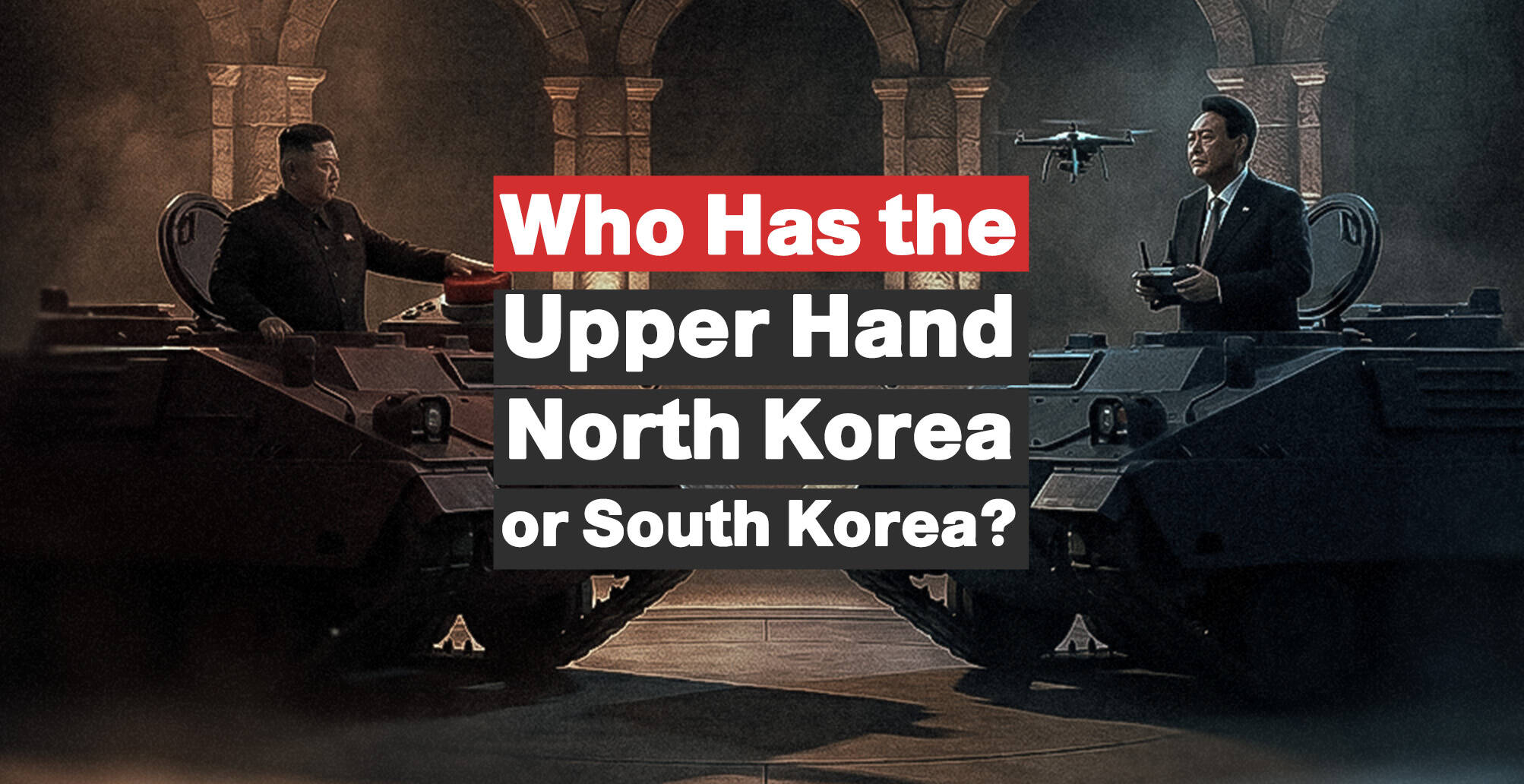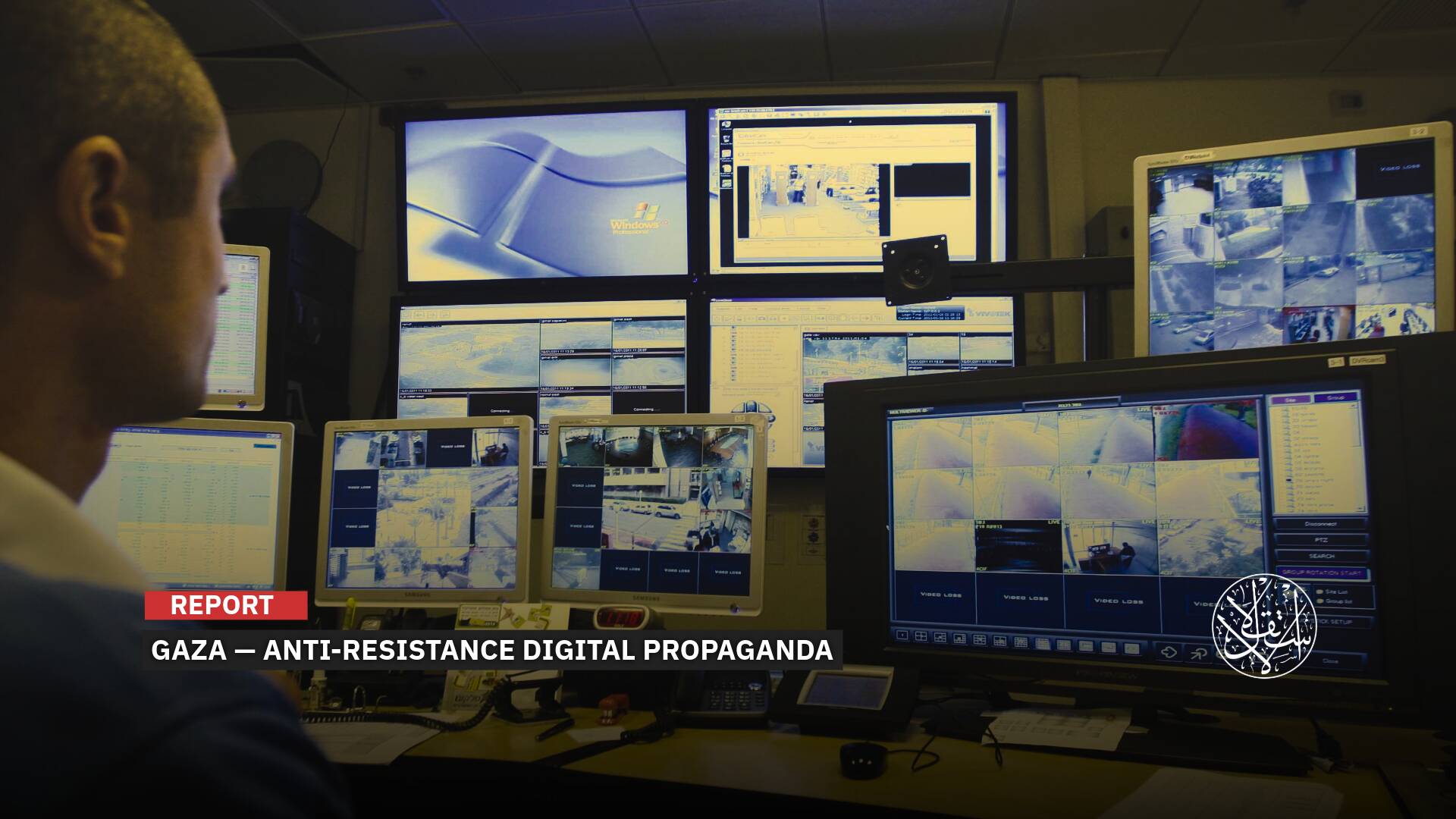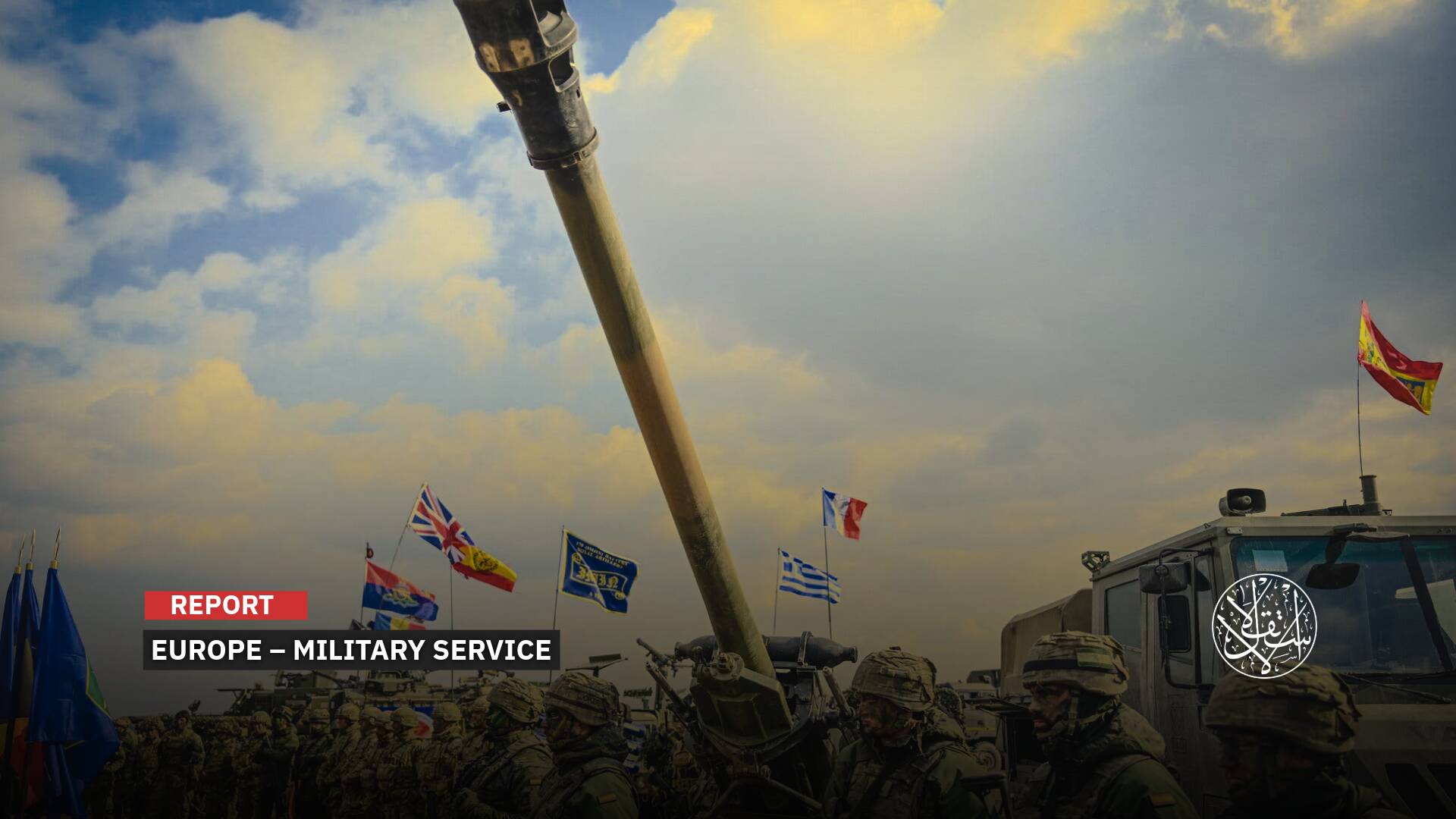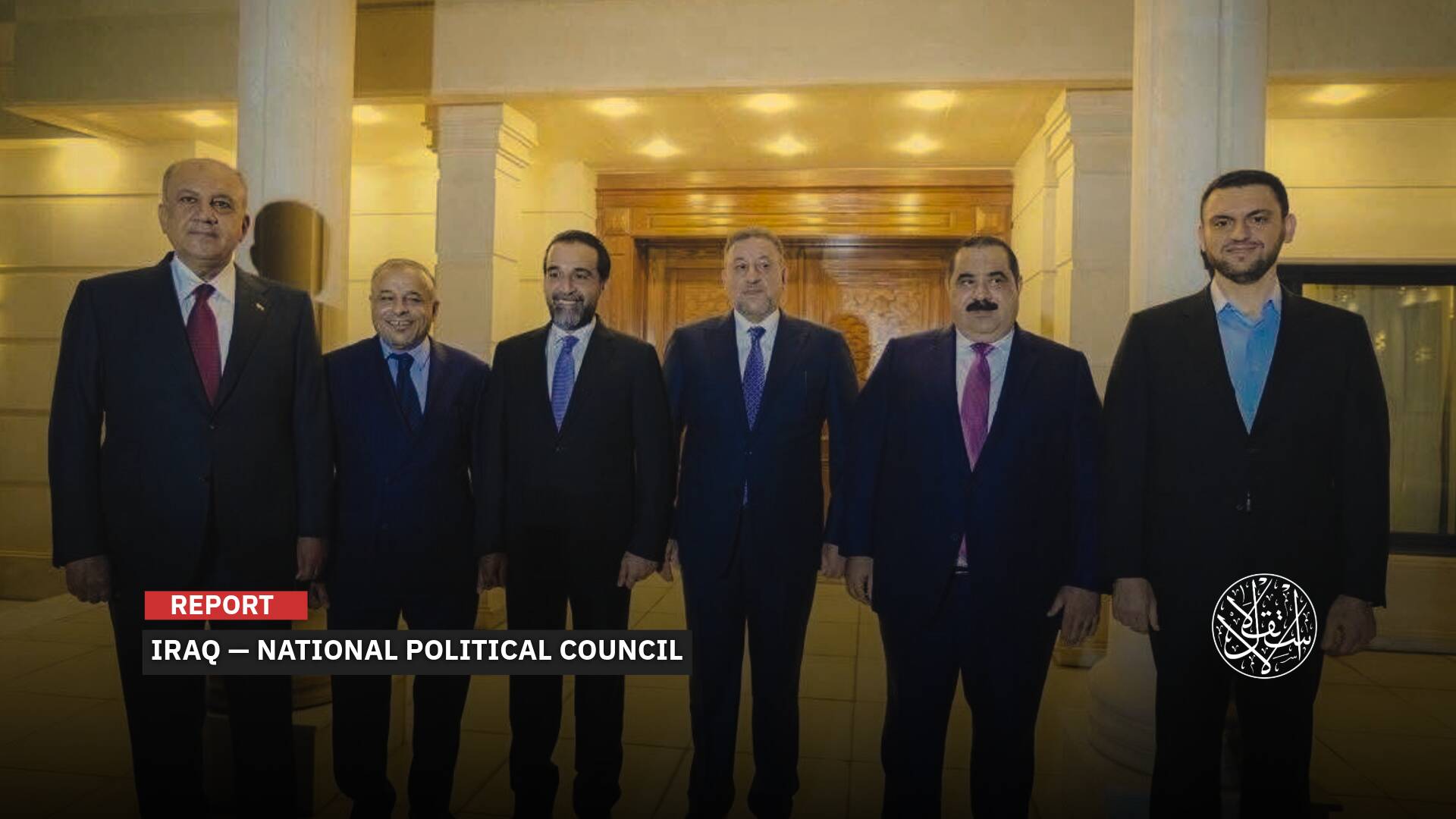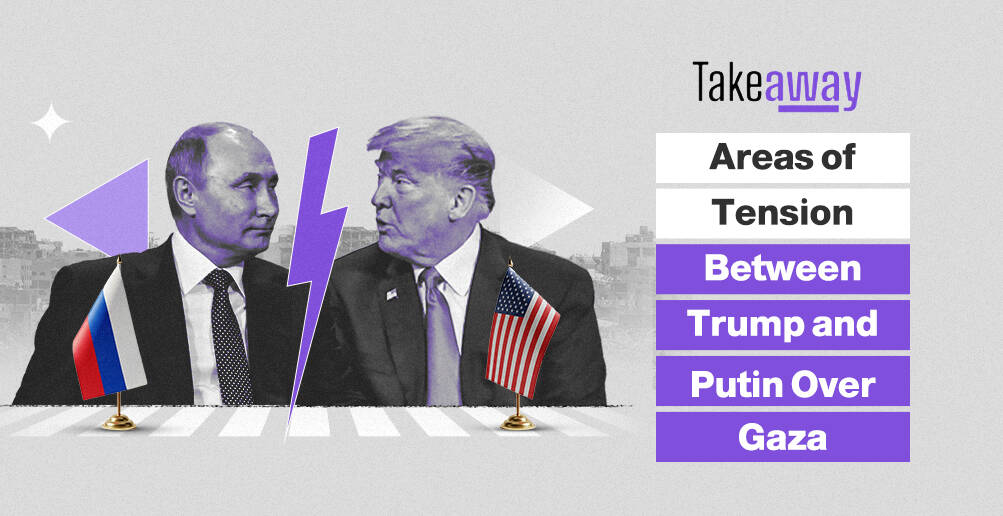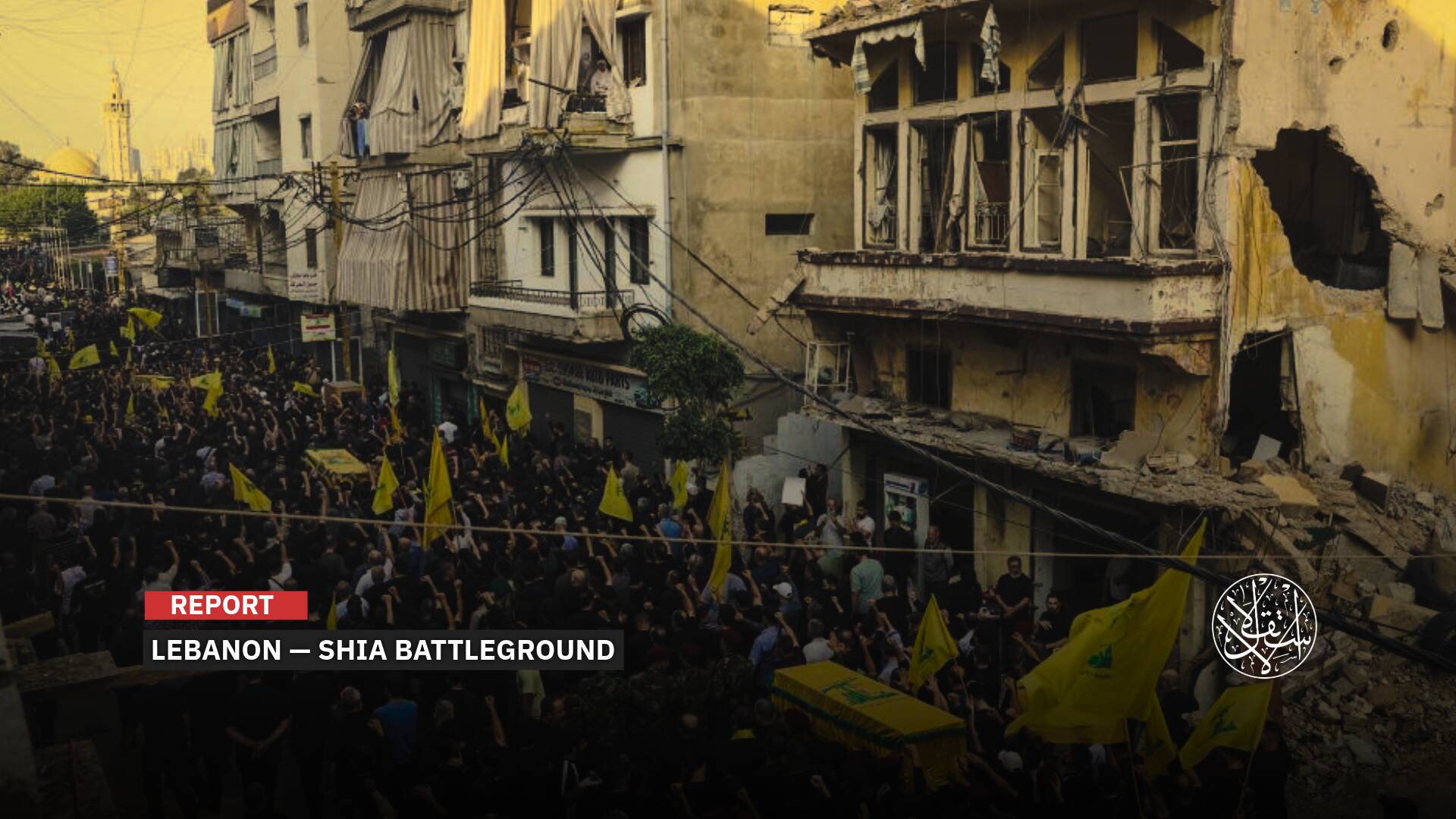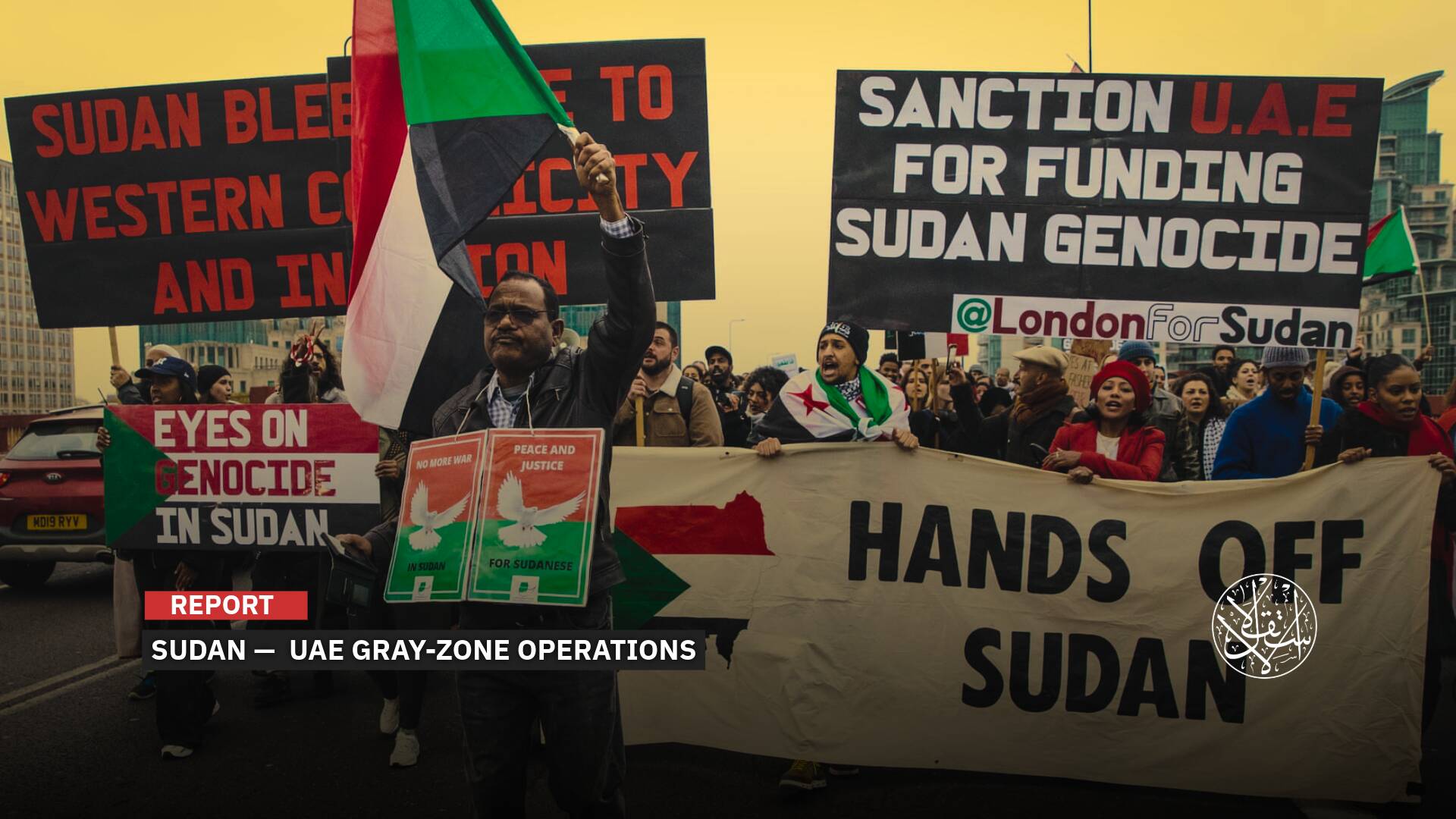Has Ukraine Succeeded in Escalating War by Shifting the Conflict Onto Russian Soil?
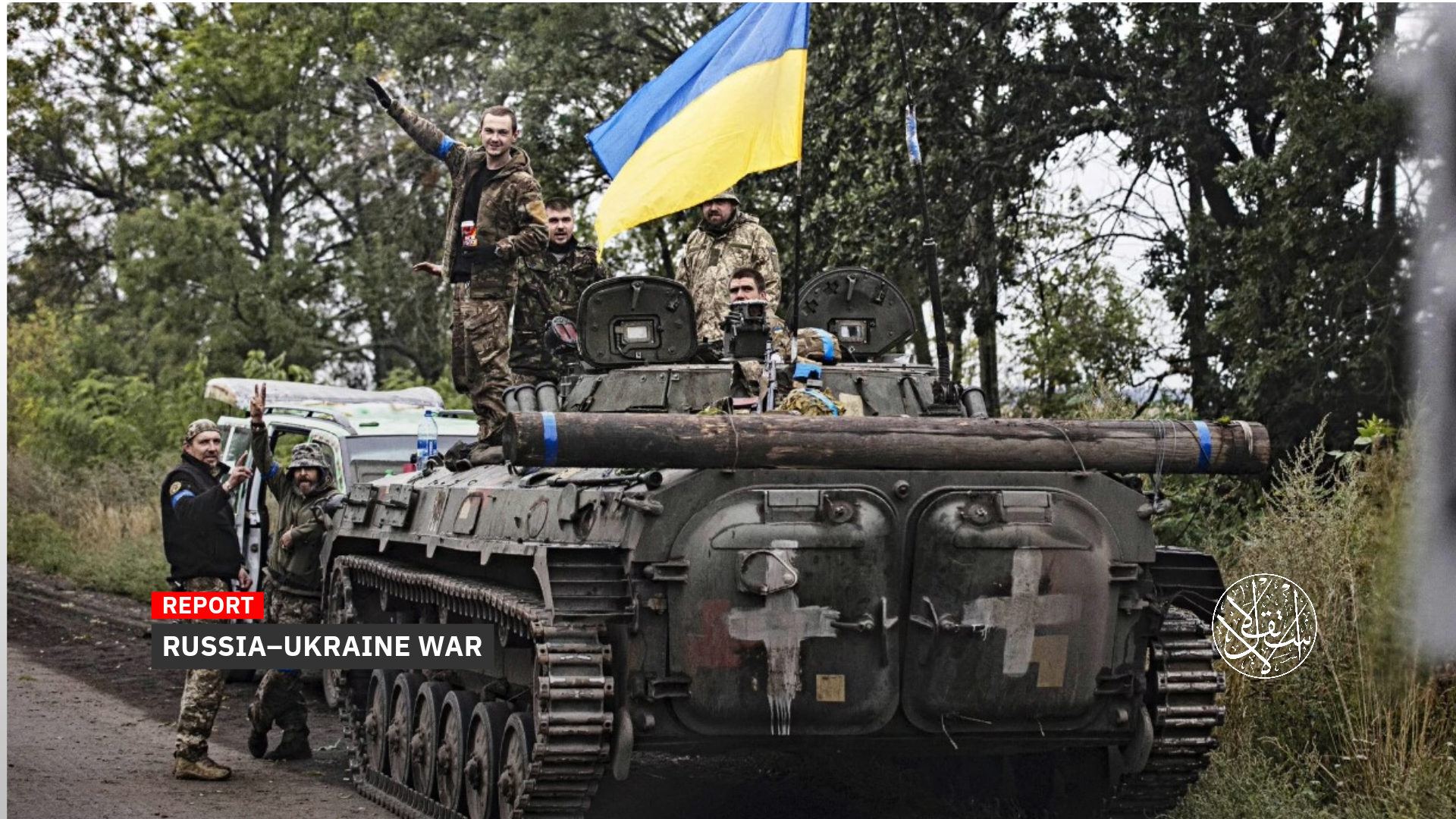
Ukraine’s bold strategy of “shifting the war to Russian soil” has begun to yield results following the escalation of the Black Sea battle against Russian port ships.
Ukrainian drones laden with explosives struck two Russian vessels on August 4th and 5th off the eastern coast of the occupied Crimean Peninsula. This marks the transformation of the Black Sea, the Russian naval headquarters and oil transportation hub, into a war zone, as The New York Times reported on August 5, 2023.
This marks the second significant development within Ukraine’s new strategy of taking the war into Russian territory. Prior to this, Ukrainian aircraft targeted the Kremlin and bombed Moscow’s skyscrapers, further underscoring their strategy.
Moving the Fight
Western newspapers and analysts view Kyiv’s escalation of aerial and naval strikes on Russia, as well as Moscow’s ships in the Black Sea, as an attempt to create a balance of deterrence with the major power, ultimately pushing Russia to end its war on Ukraine.
However, they also warn of the repercussions of humiliating the “Russian bear,” particularly as Russia has threatened to use nuclear weapons and might resort to it if further cornered, reminiscent of America’s approach during World War II.
On the evening of May 3, 2023, a drone flew over Moscow at night and crashed into the Kremlin, Putin’s office. Footage showed a small fire on the roof, as reported by The Daily Telegraph.
Sixteen minutes later, a second drone flew directly over Red Square and detonated above the same circular building, scattering debris over the fortified palace complex.
Following these attacks, Kyiv attempted to deny responsibility, despite Russia’s accusations. On May 25, 2023, The New York Times confirmed that Ukrainian military or intelligence units were responsible for the drone attack on the Kremlin.
After the deadliest attack on Russian borders in the same month, Ukrainian forces penetrated the city of Belgorod, southwest of Russia. Ukraine denied responsibility for this incident as well.
The situation escalated further after the attacks on Moscow’s skyscrapers and the strikes on Russian oil ships in the Black Sea. Ukraine has publicly claimed responsibility for these attacks, proudly declaring that it has begun implementing its strategy of taking the battle to the enemy’s territory.
While Ukraine had initially concealed these operations, it now openly showcases its new strategy and long-range attacks on Russian targets.
As part of their strategy to pressure Russia into ending its occupation of Ukrainian territory, Ukrainian drones struck Moscow’s skyscrapers and the Moscow City business district twice within 24 hours on July 30th and 31st, 2023.
Sergei Sobyanin, the mayor of Moscow, confirmed that Ukrainian drones targeted the capital, but one of them struck the same towering building targeted on July 24, 2023, which housed investment firms.
Another #UAV #crash in #Moscow city today, #Russia #drone #droneattack #UkraineRussianWar #RussianUkrainianWar #BREAKING #BREAKING_NEWS pic.twitter.com/nc5FxvumCA
— Attentive Media (@AttentiveCEE) August 1, 2023
During July 2023, four attempts were made to launch attacks on Moscow, raising concerns about the capital being targeted as the Russian war in Ukraine entered its eighteenth month, with the balance of the conflict shifting under Western support for Kyiv.
Moscow and its suburbs, situated around 500 kilometers (310 miles) from the Ukrainian border, had rarely been targeted during the conflict in Ukraine until several drone attacks occurred this year.
Another naval drone damaged a Russian landing ship near the Russian port of Novorossiysk, a naval and shipping hub on the northeastern coast of the Black Sea, located in the Novorossiysk base southwest of Russia. This was followed by an attack on a second ship the following day.
In all cases, Russia announced the downing of several Ukrainian drones and unmanned boats, yet some of them managed to hit Moscow, as well as Russian cities and ports in the Black Sea.
Recognition Challenge
This Ukrainian challenge posed a significant threat to Russia this time, and Kyiv no longer conceals its execution of the attacks; rather, it proudly acknowledges and plans for further strikes on Russian soil.
Ukrainian President Volodymyr Zelenskyy stated that this is a new Ukrainian strategy, warning that war was coming to Russian territory following the drone attack on Moscow, according to the Ukrainian presidency website.
He affirmed that attacks on Russian soil were inevitable, natural, and entirely fair in the war between the two countries.
Furthermore, on August 4, 2023, the Ukrainian naval forces warned that six Russian ports on the Black Sea are in “danger of war” until further notice.
In a statement on August 5, 2023, Vasyl Maliuk, Head of the Security Service of Ukraine, announced that Ukraine was responsible for the recent attacks on Russian ships.
He added that if Russia wanted to halt the attacks, they must use the only option available—leaving Ukraine’s territorial waters and land.
He further stated that the aim was to show that Ukraine could attack any Russian warship in this area.
An anonymous Ukrainian official speaking to The New York Times confirmed that Ukraine was behind the attack on the second Russian carrier on August 5, 2023.
On August 5, 2023, CNN quoted Douglas Barrie, a military space researcher at the International Institute for Strategic Studies (IISS), stating that Kyiv had previously been keen to distance itself from these attacks, but now it boldly admits executing the attack.
Mykhailo Fedorov, the Ukrainian Minister of Digital Transformation overseeing the Drone Army, confirmed that more strikes against Russia were to come to remove their forces from Ukrainian soil.
A Russian warship in the port of Novorossiysk, southwest Russia, was also targeted by a Ukrainian attack on August 4, 2023, delivering a strong blow to Moscow’s naval power and escalating the Black Sea conflict.

The attack on the Russian port city of Novorossiysk marks the first time that the Ukrainian Navy has demonstrated its strength so far from its own shores, according to Reuters on August 5, 2023.
The British Ministry of Defence revealed that the attack on the Novorossiysk base caused significant damage to a 370-foot-long landing ship and dealt a “major blow” to the Russian Black Sea Fleet.
They also noted that Russia had relocated several units to Novorossiysk due to the “significant threat” to ships in the port of Sevastopol, located on the western coast of the Crimean Peninsula within the range of Ukrainian missiles and drones.
Kyiv, which has been launching counter-offensives since early June 2023 to reclaim areas captured by Moscow, has stated its intention to retake Crimea, annexed by Russia in 2014.
According to an assessment by the Institute for the Study of War (ISW) on August 5, 2023, the Ukrainian strikes against Russian targets in the Black Sea are paving the way for a “larger” counter-attack in the region, following the relative failure of the recent offensive.
The U.S. research center stated that the Ukrainian forces are using naval drones to shape conditions for future decisive operations in the Black Sea region, targeting much deeper areas within Russian territory.
The Dismantling of Russia
Regarding the attacks inside Russia, Ukrainian political analyst Roman Rukomeda stated, “We are witnessing only the beginning of the process of internal military resistance in different Russian regions.”
He argued in a May 29, 2023 analysis on Euractiv that the West must be prepared to confront Russia’s disintegration.
He indicated the need for NATO and the European Union to be prepared to deal with a disintegrated Russia.
He explained that these developments and the shift of the war to Russian territories would prompt Russian regional elites to start fighting for power and seek to fill the void.
Le Monde reported on January 6, 2023, that Russia now controls only 16% of Ukrainian territory, down from 24.4% in March 2022, due to the retreat of the Russian army.
According to a CNN analysis on August 5, 2023, the Ukrainian drone strikes have brought the war to Russian territories, especially given Kyiv’s warnings of more attacks to come.
The West is concerned that the Ukrainian attacks on Russian targets within Russia could escalate the conflict to a more dangerous level.
Experts fear Russia’s retaliatory response to these attacks as it could trigger a more intense phase of the conflict.
These Ukrainian attacks, using a different approach and targeted precision, aim to affect Russian public opinion and pressure the government to end the war.
These attacks aim to send military messages to the Russian people, pressuring their government to halt the war.
Furthermore, they have a psychological impact, signaling to Moscow’s residents that they are not immune to the conflict and that their leaders are struggling to repel border-crossing threats.
The key question now is Russia’s retaliatory response to these attacks.
The use of drones against Moscow targets has more psychological value than military value.
It aims to convey a message to Moscow’s population that they are not insulated from the conflict and that their leaders face difficulties in countering these cross-border threats.
Western nations fear being dragged into a direct conflict with Russia due to these Ukrainian attacks, as their support for Kyiv was meant to be a defensive stance rather than launching attacks on Moscow, which could escalate tensions with NATO.
White House spokesperson Karine Jean-Pierre stated in late July 2023 that, generally, America does not support attacks inside Russia.
After President Zelenskyy’s statement that the war would return to Russian territory, U.S. officials at the Department of Defense reiterated to Fox News on July 31, 2023, that U.S. weapons will remain in Ukraine.
According to international observers, Russia and President Putin have three options if Russia is defeated in Ukraine: first, escalate by using non-conventional weapons against Ukraine, especially tactical nuclear weapons; second, withdraw and end the war, possibly seeking a middle-ground peace agreement; and third, persist with the war, taking it to Russian territories, as indicated by recent strategies and battles. This could endanger Moscow’s military superiority and create the potential for internal upheaval or an uprising against Putin.
CNN’s analysis on August 5, 2023, also pointed out that the biggest concern now is Russia’s retaliatory response to these attacks.
An analysis by The Economist on August 6, 2023, suggested that the use of drones against Moscow targets holds more psychological value than military.
These attacks aim to convey a message to Moscow’s residents that they are not insulated from the conflict and that their leaders are struggling to repel border-crossing threats.
An article in Foreign Policy magazine on January 7, 2023, identified three potential developments if Russia is defeated in Ukraine: the overthrow of Russian President Vladimir Putin, followed by a fierce power struggle between far-right nationalists seeking to continue the war effort and dismantle the current political hierarchy, and authoritarian conservatives who control the regime, in addition to a democratic movement committed to ending the war and reforming Russia could emerge.



